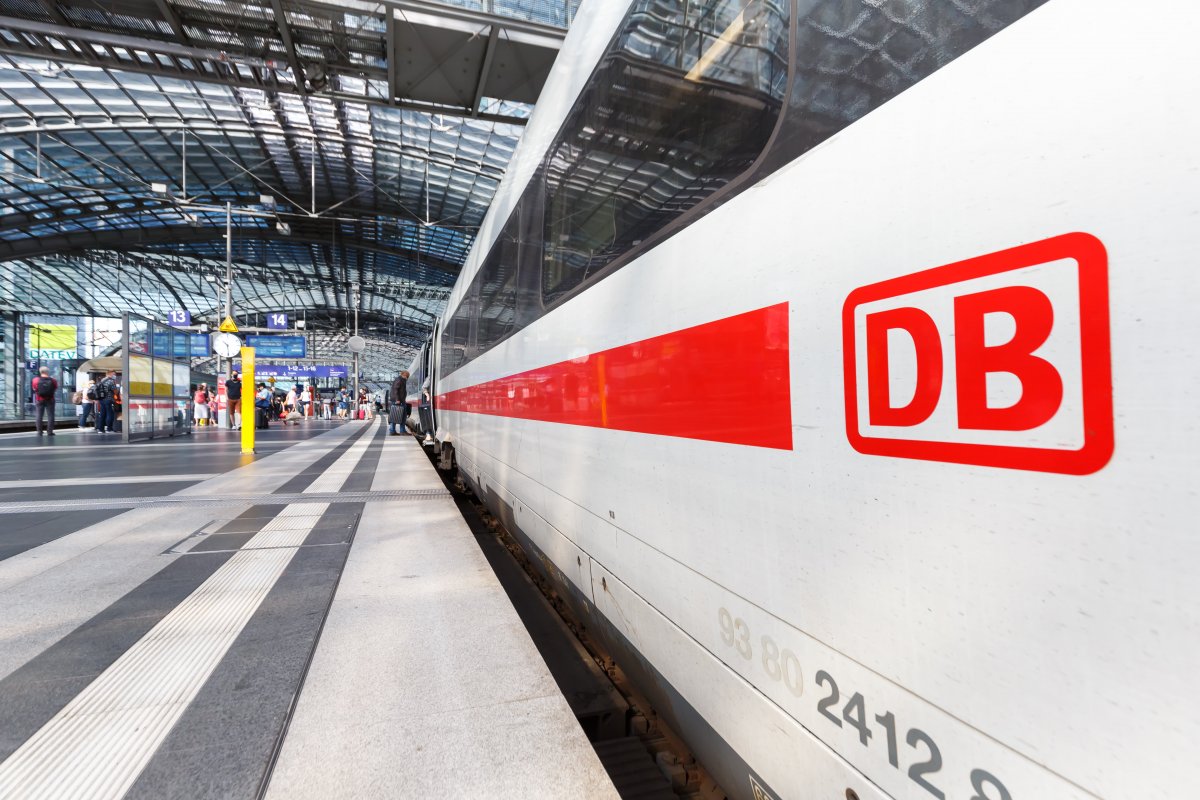It’s not challenging to find a reason to grumble about Deutsche Bahn. But what about the Wi-Fi that is available free of charge on trains? Ookla, an international provider of internet speed tests and network diagnostics, has had a closer look at internet performance on trains in Europe and Asia. The result: in comparison, Deutsche Bahn is in the top third.
Germany can learn from Sweden
As the Tagesschau reports, Deutsche Bahn’s punctuality has reached a new low. In September 2025, only around 55 per cent of long-distance trains arrived on time. But it’s not just delays that play a role in the passenger experience. The quality of digital services on board has also become an important factor, especially the Wi-Fi connection. Commuters who have to work and make phone calls while travelling expect the internet to work as smoothly as it does at home. Private travellers want to stream podcasts and series without disruption during their journey.
In the second quarter of 2025, Ookla analysed the Wi-Fi performance in European and Asian trains more closely. The result: in countries where connectivity on trains is considered part of the railway infrastructure, there is a measurable improvement in the daily experience for passengers.
However, the gap between the best and worst countries in Europe is enormous. While Sweden leads the ranking with an average download speed of 64.58 Mbit/s, the Netherlands brings up the rear with just 0.41 Mbit/s. Germany is in sixth place with an average of 14.85 Mbit/s. In terms of average upload speed, German trains fare slightly better with 16.09 Mbit/s and achieve fifth place. Sweden also leads the ranking here.
German train WLAN has hardly improved at all
However, Ookla has not only analysed the current situation, but also shows which countries have invested heavily in the Wi-Fi infrastructure of their trains in recent years. While Switzerland was still clearly leading the European ranking in spring 2023 and achieved an average download speed of over 80 Mbit/s, the Wi-Fi of the Swiss railway company SBB has since declined significantly. With 29.79 Mbit/s, Switzerland is now only in second place.
In Sweden, the trend is the opposite: until the first quarter of 2024, the download rate was still constant at two Mbit/s –. The speed is now more than thirty times faster. According to Ookla, Sweden’s success in mobile coverage along railway lines is based on a clear strategy that includes targeted government investment and binding expansion requirements for network operators. This has included modernising tunnels and creating new transmission sites.
In comparison, Deutsche Bahn’s Wi-Fi speeds for downloading and uploading have barely improved in recent years, but have remained at a constant level. The problem is often outdated Wi-Fi technologies: according to the study by Ookla, almost two out of five connections in the European markets analysed are still using Wi-Fi 4, a standard from 2009.
Even on Deutsche Bahn trains, it makes a clear difference whether WLAN 4 or WLAN 5 is used. For the “WIFI@DB” network, which is available in Deutsche Bahn regional trains and stations, an increase in performance of 187 per cent was observed in the analysis. The “WIFIonICE” network was even 242 per cent faster with WLAN 5. However, Germany is still lagging in terms of expansion: while South Korea is in the lead with 98.1 per cent and uses the modern 5 GHz bands almost everywhere in train Wi-Fi, Deutsche Bahn is in second-last place with only 73.4 per cent.
This article first appeared on t3n.de.
(jle)
Don’t miss any news – follow us on
Facebook,
LinkedIn or
Mastodon.
This article was originally published in
It was translated with technical assistance and editorially reviewed before publication.
Dieser Link ist leider nicht mehr gültig.
Links zu verschenkten Artikeln werden ungültig,
wenn diese älter als 7 Tage sind oder zu oft aufgerufen wurden.
Sie benötigen ein heise+ Paket, um diesen Artikel zu lesen. Jetzt eine Woche unverbindlich testen – ohne Verpflichtung!
